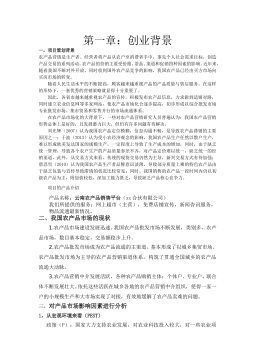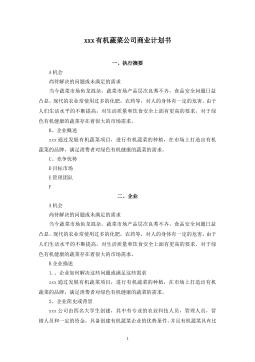上市报业公司发展战略和经营状况个案研究——以博瑞传播为例
上市报业公司发展战略和经营状况个案研究——以博瑞传播为例摘要本文以个案研究的方法,将定量与定性分析相结合,国外成熟经验、理论和我国实际相结合,对博瑞传播的上市之路、资产及业务情况、发展战略和经营状况进行解剖麻雀式的切片分析。从博瑞传播的发展路径、战略和员工情况,分析其发展战略的多次转变调整。依据博瑞传播1999年-2008年公布的年报数据,利用财务比率趋势分析方法,选取适当的财务比率,分析其各大类型业务的经营状况和公司整体的经营绩效,结合同行业其他公司的数据进行对比分析,进而对其盈利能力、运营能力和偿债能力做出评价。分析发现,1999-2008年,博瑞传播的主营业务收入呈现近乎直线式的增长,十...
相关推荐
-
XX中学英语学科质量提升计划书VIP免费
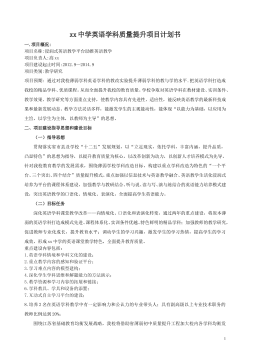
 2025-01-09 8
2025-01-09 8 -
VIPKID-美国小学在家上-在线英语学习项目商业计划书VIP免费

 2025-01-09 8
2025-01-09 8 -
English TV--英语学习智能视频平台创业商业计划书VIP免费
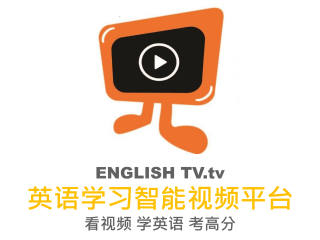
 2025-01-09 11
2025-01-09 11 -
English TV,4--英语学习智能视频平台商业计划书VIP免费
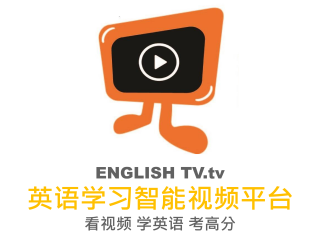
 2025-01-09 14
2025-01-09 14 -
260Educotton-让孩子快乐学习英语的平板电脑商业计划书VIP免费
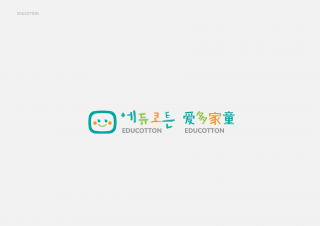
 2025-01-09 12
2025-01-09 12 -
XX英语学校创业策划书VIP免费

 2025-01-09 11
2025-01-09 11 -
Ustudy-K12英语在线学习产品商业计划书VIP免费
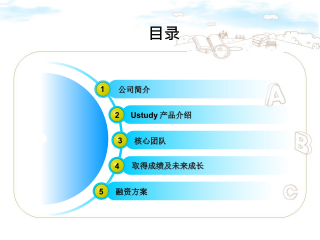
 2025-01-09 12
2025-01-09 12 -
Strawberry English School (SES)英语培训学校计划书VIP免费
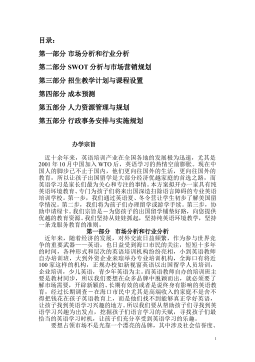
 2025-01-09 16
2025-01-09 16 -
《天中英语智能电子公司创业商业计划书》VIP免费
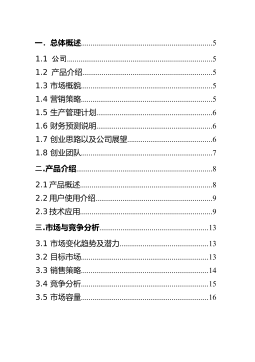
 2025-01-09 13
2025-01-09 13 -
XXXX少儿英语培训学校创业计划书VIP免费
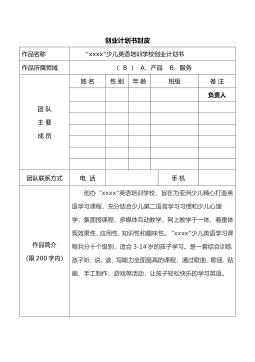
 2025-01-09 21
2025-01-09 21
相关内容
-

XX英语学校创业策划书
分类:中小学教育资料
时间:2025-01-09
标签:无
格式:WPS
价格:10 积分
-

Ustudy-K12英语在线学习产品商业计划书
分类:中小学教育资料
时间:2025-01-09
标签:无
格式:PPTX
价格:10 积分
-

Strawberry English School (SES)英语培训学校计划书
分类:中小学教育资料
时间:2025-01-09
标签:无
格式:DOC
价格:10 积分
-

《天中英语智能电子公司创业商业计划书》
分类:中小学教育资料
时间:2025-01-09
标签:无
格式:DOC
价格:10 积分
-

XXXX少儿英语培训学校创业计划书
分类:中小学教育资料
时间:2025-01-09
标签:无
格式:DOC
价格:10 积分


